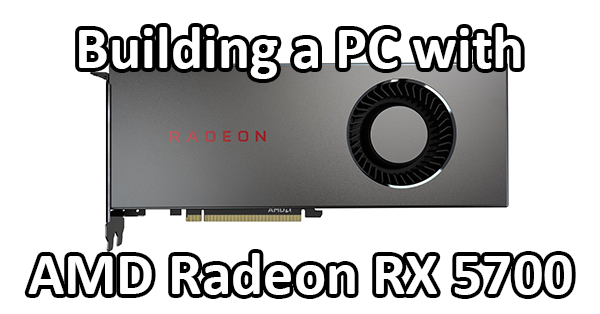
On the face of it, Stadia Pro is the perfect solution. 4K gaming for the masses, for a monthly fee. No more building.
Almost sounds too good to be true, doesn’t it… ?

On the face of it, Stadia Pro is the perfect solution. 4K gaming for the masses, for a monthly fee. No more building.
Almost sounds too good to be true, doesn’t it… ?

On paper, Google Stadia Base sounds great. After all, how can you beat free? Let’s have a look at building a PC and go from there!

So many shiny new things!
After over a year of development, our main site and chart just received a major makeover—with new features, new capabilities, and a new look (while maintaining all of the old functionality).
NOTE: See something broken or missing? If you are reading this immediately after it went up, then you might encounter some broken or missing elements on the site for a short period of time. We’re trying to get all of these issues fixed as fast as possible. In the meantime, if you need to see something that is temporarily unavailable, you can head over to old.logicalincrements.com to access the old version of the site for the time being.

This week on, “things we didn’t ask for…” comes the i9-9900KS. Now, is Intel providing a genuine improvement here? Or are you just paying to have an S at the end of your CPU model, like certain recent NVIDIA GPU releases? Let’s have a look.

An often-overlooked part of a PC gaming setup is what gaming chair to buy. Most modern “gaming” chairs are more form that function, lined with bright colors and shaped like race car bucket seats. But the truth is that you might not need one of those “gaming” chairs. In fact, you’re usually better off buying a quality office chair.
For most PC builders, getting the right chair is easy to forget, but think about it: you’ve spent hours pouring over component comparisons and recommended build guides, but rarely is that same attention placed on where you’ll be sitting. A good chair can often outlast those PC components, so you should give it some thought.

Up until a few years ago, the value king for gaming was the Intel i5 processor. More recently, AMD’s Ryzen APUs have stolen the show at the low tiers, and we all know that no integrated graphics from Intel can currently compete with AMD’s Vega 8 and Vega 11 iGPUs. So it’s a no-brainer for gaming builders at very low budgets (who are entirely skipping graphics cards) to go with Ryzen APUs.
But outside of such head-to-head CPU comparisons, a broader value question remains for upper-low-tier (and lower-mid-tier) builders: how would a self-built system balanced around AMD’s newest R3 (including a discrete graphics card) compare to a highly discounted prebuilt system with a few key upgrades?

Is this RTX 2060 Super actually a worthwhile buy for builders? Let’s take a look at the specifications, and see what a balanced build would look like!

Today we’re looking at a power-efficient build with the shiny new AMD Ryzen 5 3600. Settle in as we take a look at what a low-power-draw midrange gaming PC build looks like with this CPU!

Not content with shaking up the CPU market, AMD have also thrust themselves squarely into this year’s midrange GPU market with the newly released AMD Radeon RX 5700. It’s time to play some games! Yet before that, we need to build a PC. Let’s get to it!

The AMD Ryzen 7 has all grown up now, and it’s become a bit of a monster. When AMD puts in its press release that this R7 3700X gives dominant gaming performance, you know they meant business. Let’s take a look at building with it!